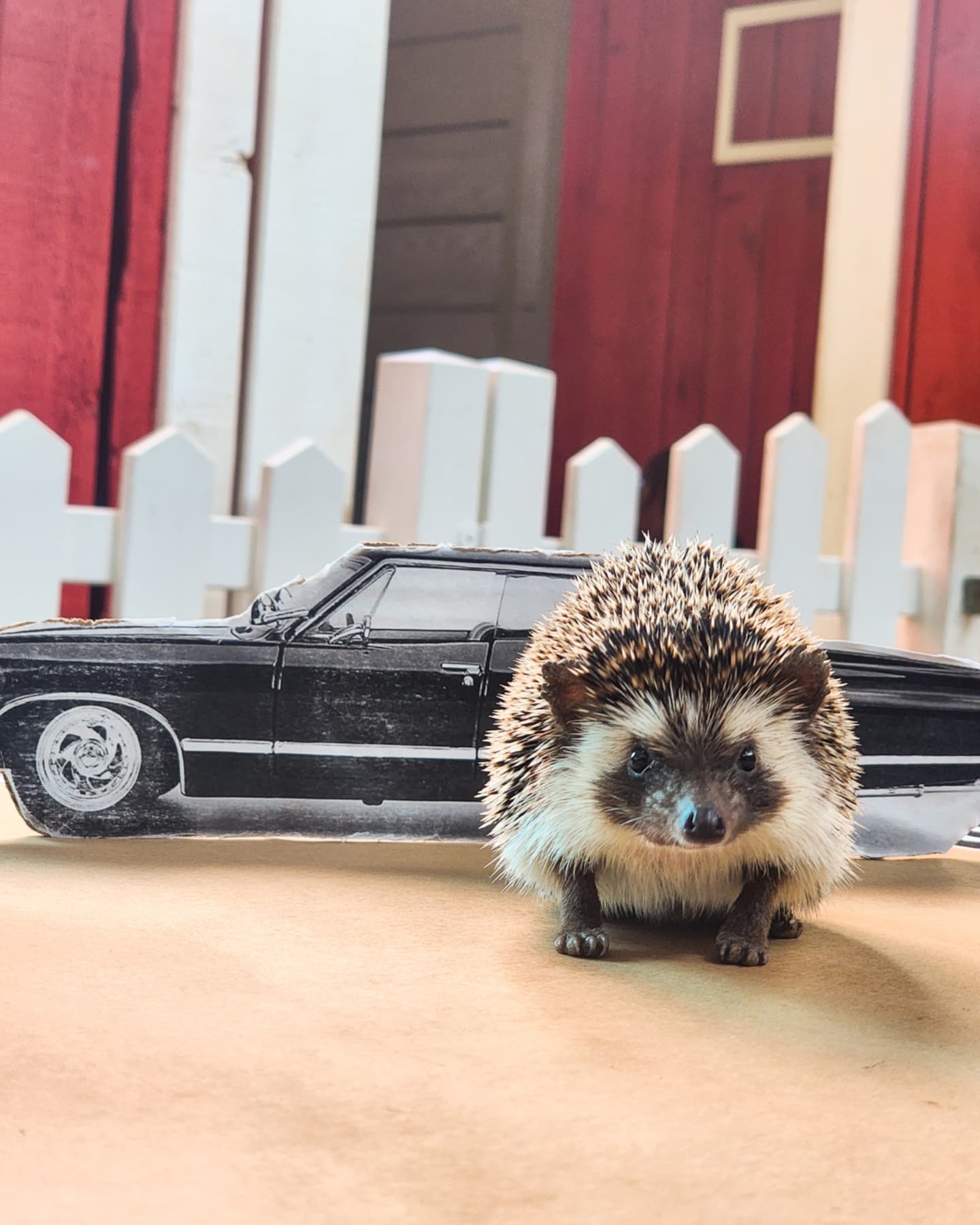- Exploring Sam and Dean’s hedgehog transformations and their echoes of their human counterparts’ adventures.
- The biology and behavior of hedgehogs, focusing on their unique adaptations.
- Impacts of film and media on wildlife appreciation and conservation efforts.
- Effective zoo management practices for conserving hedgehogs and other small mammals.
- The importance of hedgehog conservation to ecosystem balance and biodiversity.
Sam and Dean, our beloved hedgehog brothers, have charmed audiences by reliving favorite onscreen moments inspired by their human namesakes from television lore. This delightful concept not only entertains but offers an engaging way to explore hedgehog biology while drawing connections to broader conservation themes.
Hedgehogs are fascinating creatures with a set of distinctive features and behaviors that provide vital insights into their survival strategies in diverse environments. With over 15 species across Africa, Europe, Asia, and New Zealand, they exhibit variations in size, color, and behavior, yet share fundamental adaptations. Most notable is their spiny protection, a trait crucial to their defense against predators. These spines, or modified hairs, serve to discourage predators by inflicting discomfort, allowing hedgehogs to curl into a defensive ball.
Beyond defense, hedgehogs are proficient foragers. Equipped with a keen sense of smell, they can locate insects, their primary food source, underground. Additionally, their omnivorous diet includes worms, small mammals, and vegetation, showcasing their adaptability. Such dietary flexibility enables hedgehogs to thrive in a range of ecosystems, from woodlands to suburban gardens.
Drawing parallels between hedgehog characteristics and their fictional human counterparts can illuminate the social behavior and environmental needs of these small mammals. For example, hedgehogs, like the Winchester brothers, are solitary and resourceful, relying on keen senses and strategic defenses for survival. This resemblance enhances their anthropomorphic appeal, making them endearing ambassadors for wildlife conservation.
Film and media significantly influence public attitudes towards wildlife and conservation. By portraying hedgehogs as engaging and resilient survivors, media content can enhance audience empathy, promoting protective attitudes toward them and their habitats. Initiatives incorporating these portrayals often inspire interest in zoology and conservation, reinforcing the importance of maintaining biodiversity.
In zoo management, hedgehogs present unique challenges but also opportunities. Their small size and nocturnal habits require enclosures that mimic natural habitats, providing shelter and stimulating foraging behavior. Zoos play a crucial role in education by offering visitors firsthand experiences with hedgehogs, highlighting their ecological roles, and demonstrating conservation efforts.
Moreover, collaborative breeding programs between zoos help maintain genetic diversity, crucial for species resilience. By understanding hedgehog biology and behavior through such programs, conservationists can develop more effective strategies to protect them in the wild. Hedgehog populations are increasingly threatened by habitat loss, road fatalities, and climate change. Conservation efforts, thus, focus on habitat restoration, building hedgehog-friendly gardens, and implementing wildlife corridors.
The conservation of hedgehogs holds far-reaching ecological significance. As natural pest controllers, hedgehogs help maintain balanced ecosystems by regulating insect populations. Their foraging behavior supports soil health, enhancing the growth of flora. Consequently, protecting hedgehogs contributes to broader efforts in preserving biodiversity.
Beyond their ecological contributions, hedgehogs serve as indicators of environmental health. Their presence reflects ecosystem viability; hence, monitoring their populations can provide insights into broader ecological changes. Conservationists often leverage such data to inform policy decisions, aiming for holistic environmental stewardship.
Through the playful juxtaposition of our hedgehog brothers, Sam and Dean, and their human inspirations, audiences gain a multi-dimensional understanding of hedgehogs. Their portrayal underscores the importance of viewing conservation as an interconnected endeavor that involves appreciating wildlife, understanding its ecological importance, and taking actionable steps to preserve it.
Ultimately, film and media have the potential to transform public perceptions and inspire proactive engagement in wildlife conservation. By blending entertainment with education, we create a bridge between understanding and action. This elevates the conservation discourse, ensuring that species like the hedgehog continue to charm and contribute to our world.
*****
Source Description
Our hedgehog brothers, Sam and Dean, reliving some of their favorite onscreen moments from their human counterparts 🎬👻


